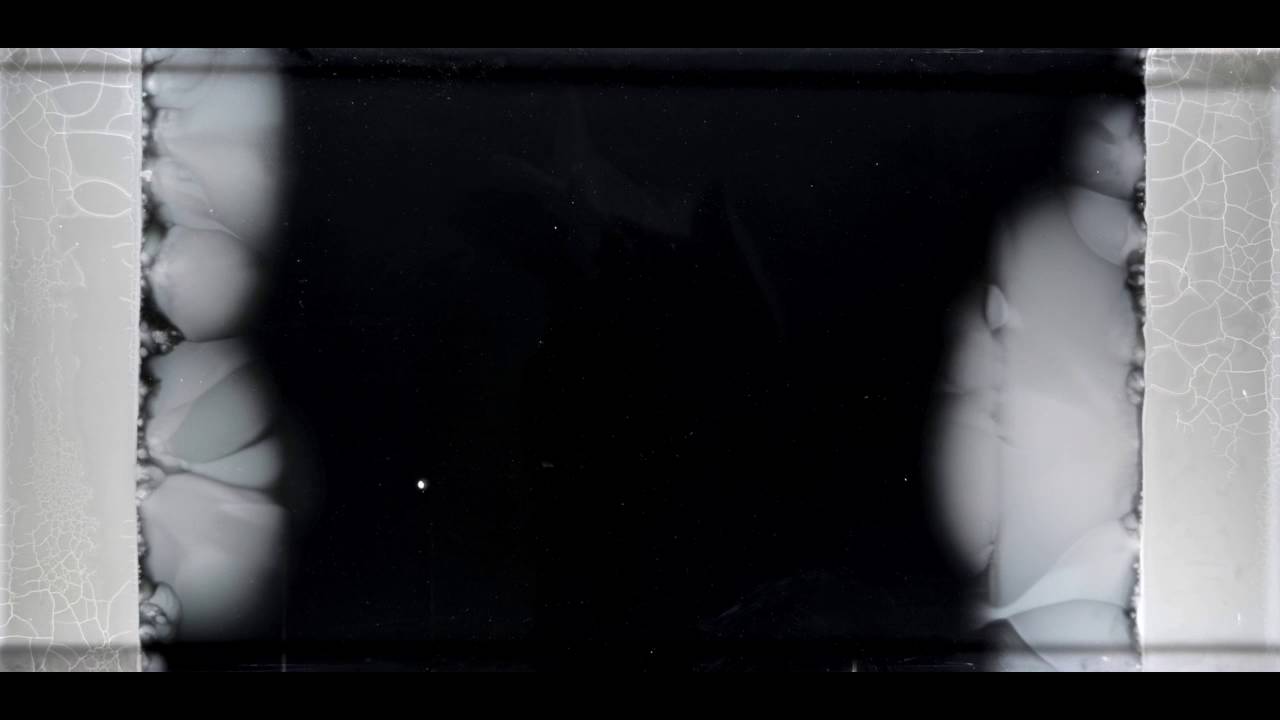A research team from Harvard Medical School created a time-lapse video that shows how bacteria is growing and evolving resistance to drugs. The researcher set up a giant 2-by-4 foot petri dish called MEGA (microbial evolution growth arena plate). On the right side of the plate where antibiotic levels were zero grew Escherichia coli (better known as E.coli) bacteria. The bacteria is shown in milky white on the black background. Over two weeks, a camera took periodic snapshots of the bacteria mutating.
Through the process of successive mutations shows how bacteria that are normally sensitive to antibiotics can evolve resistance to very high concentrations, up to 100.000 fold higher in just over ten days. Fascinating visualization and terrifying.
Please accept YouTube cookies to play this video. By accepting you will be accessing content from YouTube, a service provided by an external third party.
If you accept this notice, your choice will be saved and the page will refresh.
A time-lapsed video reveals how bacteria develop resistance to increasingly higher doses of antibiotics in a matter of days.
In a creative stroke inspired by Hollywood wizardry, scientists have designed a simple way to observe how bacteria move as they become impervious to drugs. The experiments are thought to provide the first large-scale glimpse of the maneuvers of bacteria as they encounter increasingly higher doses of antibiotics and adapt to survive—and thrive—in them.
